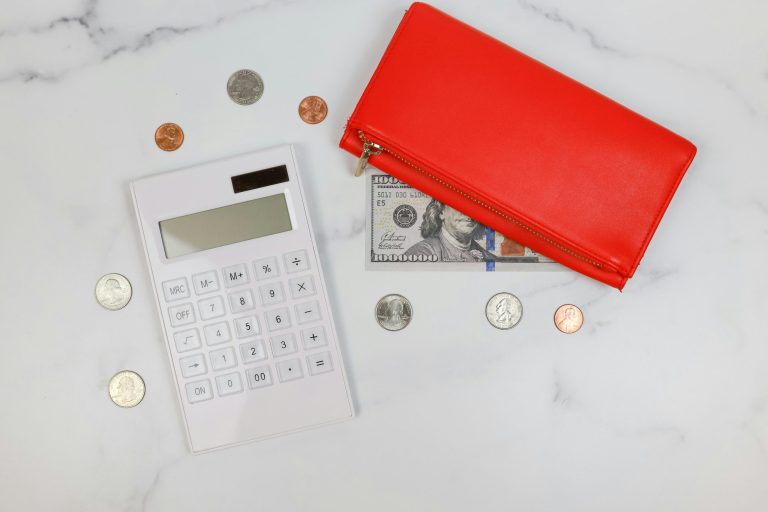An emergency fund acts as a buffer against unexpected expenses like medical bills, car repairs, or job loss. Without savings, many people resort to high-interest debt, worsening their financial strain. Experts recommend saving 3–6 months’ worth of living expenses, but even a small starter fund can make a difference.
To build your fund, start by setting a monthly savings goal. Automate transfers to a separate high-yield savings account to ensure consistency. Cut non-essential expenses, like dining out or subscriptions, and redirect those funds toward your emergency savings. Every small contribution adds up over time.
Once your fund is established, resist the urge to dip into it for non-emergencies. Replenish any withdrawals as soon as possible to maintain your safety net. Having this financial cushion reduces stress and allows you to handle life’s surprises without derailing your long-term goals.






